Hiking in Switzerland is synonymous with common magnificence, and there’s no way better way to encounter it than by investigating its endless organize of climbing trails. With more than 65,000 kilometers of checked ways winding through towering mountain ranges, quiet valleys, and crystal-clear lakes, Switzerland offers a few of the best hiking encounters in the world.
For eco-conscious globe-trotters, Switzerland’s commitment to maintainability makes climbing here indeed more fulfilling. Whether you’re a prepared mountain dweller or a casual walker, this direct will give everything you require to know to arrange an exceptional Swiss hiking adventure.
From individual encounters to commonsense tips, this extreme direct covers the best trails, equip suggestions, eco-friendly climbing hones, and much more to guarantee that your climbing trip to Switzerland is not as it were pleasant but sustainable.
Why Switzerland is the Perfect Hiking Destination
Unmatched Scenic Beauty
Switzerland is world-renowned for its pleasant scenes, and each hike in the nation offers a special see of its assorted common magnificence. From the elevated magnificence of the Swiss Alps to the rich greenery of the Jura Mountains, Switzerland’s beautiful assortment makes it a heaven for hikers.
One of my most memorable hikes was the Matterhorn Ice sheet Path. The staggering scenery of the Matterhorn towering over and the gleaming icy masses underneath made it an involvement I’ll never disregard. Hiking here felt like being in a living postcard.
Accessibility and Well-Marked Trails
Switzerland’s hiking foundation is among the best in the world. Its well-maintained and clearly checked trails guarantee that indeed tenderfoots can investigate unquestionably. There are three levels of path difficulty:
Yellow: Reasonable for all wellness levels, these trails are wide, smooth, and offer negligible height gain.
Red-and-white: Middle trails that incorporate soak risings, rough ways, and more challenging terrain.
Blue-and-white: Progressed elevated courses that require climbing aptitudes and equipment.
Eco-Friendly Travel Opportunities
Switzerland places a solid accentuation on maintainability, making it less demanding for explorers to appreciate nature dependably. Numerous of the country’s trails are found close open transportation center points, permitting travelers to diminish their carbon impression by utilizing trains, cable cars, and electric buses.
Opt for hiking in Switzerland’s car-free zones, such as Zermatt or Mürren, where the nonappearance of vehicles makes a quiet, pollution-free environment. In these regions, strolling, cycling, or electric transports are the as it were implies of transport.
Best Hiking Trails in Switzerland
1. The Five Lakes Walk (Zermatt)
Distance: 9.3 km
Difficulty: Moderate
Time: 2.5 to 3 hours
Highlights: Reflecting the Matterhorn in pristine snow capped lakes.
The Five Lakes Walk is a modestly troublesome path that takes climbers past five shocking mountain lakes Stellisee, Grindjisee, Grünsee, Moosjisee, and Leisee. Each lake offers a one of a kind viewpoint of the magnificent Matterhorn reflected in its calm waters.
Personal Insight: I suggest beginning this path early in the morning. I strikingly keep in mind how the Matterhorn superbly reflected in the still waters of Stellisee at day break, making the climb feel like venturing into a portray. The tranquility and sees were unmatched.
2. The Eiger Trail (Grindelwald)
Distance: 6 km
Difficulty: Direct to Difficult
Time: 2 hours
Highlights: Towering sees of the Eiger North Confront and the Bernese Alps.
The Eiger Path is a must-do for any genuine climber. This tolerably challenging path runs along the foot of the popular Eiger North Confront, giving climbers a close-up see of one of the most notorious shake faces in the world. The path begins at Eigergletscher Station and plummets through rough ways to Alpiglen Station.
Pack light but fundamental equip such as a windbreaker, as the zone is inclined to sudden wind blasts. I found that trekking shafts were especially valuable on the soak, rough areas of this trail.
3. Lauterbrunnen Valley (Wengen)
Distance: 6 km
Difficulty: Easy
Time: 1.5 hours
Highlights: Shocking waterfalls, counting Staubbach Falls and Trümmelbach Falls.
Known as the “Valley of 72 Waterfalls,” Lauterbrunnen is a climbing goal that feels like strolling through a tall tale. The path takes you through lavish knolls with shocking sees of waterfalls cascading down sheer shake faces.
I was in wonderment of Staubbach Falls, one of the most elevated free-falling waterfalls in Europe. Climbing through the valley with the sound of surging water in the foundation made the involvement inconceivably soothing.
4. Schynige Platte to Faulhorn to First (Grindelwald)
Distance: 16 km
Difficulty: Challenging
Time: 6 hours
Highlights: All encompassing sees of the Eiger, Mönch, and Jungfrau mountains.
One of the most beautiful high-alpine climbs, this course offers unimaginable all encompassing sees of Switzerland’s notorious crests. Beginning at Schynige Platte, the path leads past Faulhorn and wraps up at To begin with, with the alternative to take a gondola down to Grindelwald.
Don’t miss Bachalpsee, a quiet lake that flawlessly reflects the encompassing mountains. It’s an perfect spot for a outing or to essentially unwind and appreciate nature’s beauty.
5. Via Alpina (Multi-Day)
Distance: 390 km (20 stages)
Difficulty: Shifts by section
Highlights: Covers 14 of Switzerland’s most wonderful snow capped passes.
The By means of Alpina is a long-distance climbing path that runs through a few of the most marvelous mountain view in Switzerland. It takes climbers over high-altitude passes and through conventional Swiss towns, advertising a one of a kind mix of normal excellence and social immersion.
Many Swiss Snow capped Club (SAC) hovels along the path are fueled by renewable vitality, and the lion’s share offer neighborhood, natural nourishment, supporting maintainable travel hones.
Essential Hiking Gear for Switzerland
Before setting off on your Swiss hiking enterprise, make beyond any doubt you’re prepared with the right equip. Switzerland’s mountain climate can be erratic, so legitimate arrangement is key.
1. Footwear
Invest in a tough match of waterproof hiking boots. Trails like the Eiger Path can be rough and damp, so lower leg bolster and water resistance are essential.
On my hike to Faulhorn, I confronted an unforeseen deluge, but my waterproof boots kept my feet dry and comfortable, permitting me to appreciate the path without discomfort.
2. Layered Clothing
The climate in the mountains can alter rapidly. Dress in layers to remain comfortable. Begin with a moisture-wicking base layer, include a downy for warmth, and beat it with a waterproof jacket.
3. Backpack and Hydration
A lightweight daypack with sufficient room for snacks, water, and an additional layer is fundamental. Hydration bladders are helpful for longer climbs, permitting you to drink water without stopping.
4. Navigation Tools
Though Swiss trails are well-marked, continuously carry a physical outline or GPS gadget in case of startling temporary routes. Numerous portable apps give offline maps of Swiss trails, but having a physical reinforcement is continuously wise.
5. Trekking Poles
For soak risings and plummets, trekking posts can diminish strain on your knees and move forward balance.
On my hike along the By means of Alpina, I found trekking shafts priceless on the more extreme areas, particularly when exploring free rocks.
Eco-Friendly Hiking Practices
Switzerland is a worldwide pioneer in feasible tourism, and climbing capably is a key portion of protecting its common magnificence for future eras. Here are a few basic eco-friendly climbing practices:
1. Stay on Marked Trails
Switzerland’s checked hiking trails are outlined to minimize natural affect. Straying off-trail can harm delicate snow capped plants and irritate natural life habitats.
2. Leave No Trace
Carry all your junk with you, counting natural squander like natural product peels. Numerous trails, particularly in inaccessible ranges, do not have squander containers, so it’s imperative to pack out what you bring in.
During a hike in Aletsch Icy mass, I taken note a few explorers collecting litter along the path. Propelled by their activities, I presently make it a propensity to carry a little pack for any litter I might discover on the path, guaranteeing the environment remains flawless for future hikers.
3. Conserve Water
Even though Switzerland is favored with new water, explorers ought to still hone water preservation. Carry a reusable water bottle and refill it from the numerous characteristic springs from normal sources without squandering plastic bottles.
4. Respect Wildlife
Switzerland’s assorted wildlife, from ibex to marmots, is an indispensably portion of the climbing involvement. Keep your remove from creatures and never bolster them, as this disturbs their normal behaviors.
On one of my climbs through the Jura Mountains, I experienced a bunch of ibex. Observing them from a secure remove permitted me to watch their normal behaviors without exasperating them. It was a enchanted encounter, and regarding their space made it indeed more rewarding.
Best Time to Hiking in Switzerland
While you can hike in Switzerland year-round, the best time to hit the trails is amid the summer months (June to September). Amid this period, most trails are snow-free, the climate is generally gentle, and snow capped vegetation is in full bloom.
Summer Hiking
June to September: The crest climbing season, with clear trails and comfortable temperatures. The high-alpine trails, such as those around Zermatt and Grindelwald, are completely accessible.
Personal Tip: The Engadine Valley in July is a locate to view, with wildflowers carpeting the glades and crystal-clear lakes reflecting the snow-capped peaks.
Autumn Hiking
October: Harvest time offers a calmer hiking encounter, with less visitors and staggering drop colors, particularly in regions like Lauterbrunnen and Valais. In any case, a few higher-altitude trails may near as snow starts to fall.
Winter Hiking
December to Walk: If you’re an bold climber, winter in Switzerland offers interesting climbing openings with snowshoes. Assigned winter climbing trails, such as those in Engelberg and Davos, offer a quiet, snow-covered landscape.
Winter Hiking Tip: Continuously check path conditions and climate estimates some time recently setting out on a winter climb. Snow and ice can make trails perilous, and shorter sunshine hours require cautious planning.
Eco-Friendly Travel to Hiking Trails
Switzerland’s open transportation framework is a demonstrate of proficiency and supportability. Whether you’re traveling to Zermatt, Lucerne, or Interlaken, trains, buses, and cable cars will get you there in an naturally inviting manner.
Swiss Travel Pass
The Swiss Travel Pass is an fabulous choice for explorers, advertising boundless travel on the Swiss open transport arrange, counting trains, buses, and vessels. Moreover, it gives get to to numerous cable cars and mountain railways.
Car-Free Destinations
Some of Switzerland’s most famous climbing goals, such as Zermatt and F, are car-free zones. This not as it were decreases contamination but moreover upgrades the climbing involvement by giving quiet, vehicle-free situations.
Safety Tips for Hiking in Switzerland
1. Check Weather Conditions
Mountain climate in Switzerland is famously eccentric. Continuously check the climate estimate some time recently setting out, and be arranged for sudden changes.
Personal Story: I once climbed the Schynige Platte to To begin with path on a apparently sunny day, as it were to experience a sudden rainstorm midway through. Fortunately, I had pressed a waterproof coat, which made all the contrast. Continuously anticipate the startling in the mountains.
2. Be Prepared for Altitude
Altitude ailment can be an issue on a few of Switzerland’s higher trails. Side effects incorporate discombobulation, migraines, and queasiness. If you’re arranging to hike over 2,500 meters, take it moderate and permit your body time to acclimatize.
3. Emergency Numbers
In case of an crisis, dial 144 for restorative help in Switzerland. The Rega app (Swiss Air-Rescue) is another fabulous asset for explorers, permitting you to call for offer assistance indeed in inaccessible zones with destitute cell service.
Sustainable Hiking Activities in Switzerland
Switzerland is driving the way in economical tourism, and hiking plays a major part in this exertion. Here are a few of the most inventive activities advancing eco-friendly hiking:
1. Swiss Alpine Club (SAC) Huts
The SAC works over 150 mountain hovels over Switzerland, numerous of which are fueled by renewable vitality sources like sun powered boards. These cabins offer eco-conscious climbers a feasible lodging choice in the heart of the Swiss Alps.
2. Pro Natura
This Swiss natural organization works to secure common living spaces and advance feasible climbing. Numerous of the trails kept up by Master Natura pass through nature saves, permitting explorers to appreciate Switzerland’s common magnificence whereas supporting preservation efforts.
3. Eco-Trails
Switzerland is creating more eco-trails, which are outlined to minimize human affect on delicate biological systems. These trails frequently include instructive signs that instruct explorers almost the neighborhood environment and wildlife.
Future Trends in Sustainable Hiking
As the request for eco-friendly travel develops, Switzerland is persistently growing its endeavors to advance feasible climbing. Future patterns include:
Electric Open Transport: More trails will gotten to be available by means of electric buses and cable cars, diminishing carbon emanations and making it less demanding for explorers to take off their cars behind.
Digital Trail Management: Swiss specialists are creating apps that offer assistance explorers explore trails whereas minimizing natural affect. These apps give real-time data on path conditions, climate upgrades, and the areas of eco-friendly accommodations.
Hiking in Switzerland Responsibly
Switzerland is a hiker’s heaven, advertising unparalleled common magnificence, well-maintained trails, and a commitment to supportability. By taking after eco-friendly climbing hones, choosing dependable travel choices, and remaining in green lodging, you can appreciate the country’s shocking scenes whereas making a difference to protect them for future generations.
Whether you’re a prepared climber or a first-time guest, the openings for climbing in Switzerland are perpetual. From the Matterhorn Ice sheet Path to the Through Alpina, there’s a path for each expertise level and interest.
Ready to arrange your Swiss hiking enterprise? Investigate a few of the best eco-friendly remains in Switzerland, pack your adapt, and book your hike nowadays! Don’t disregard to subscribe to our pamphlet for elite climbing tips and feasible travel guides for Switzerland.


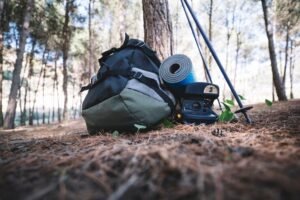
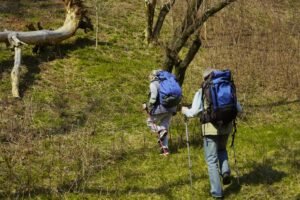


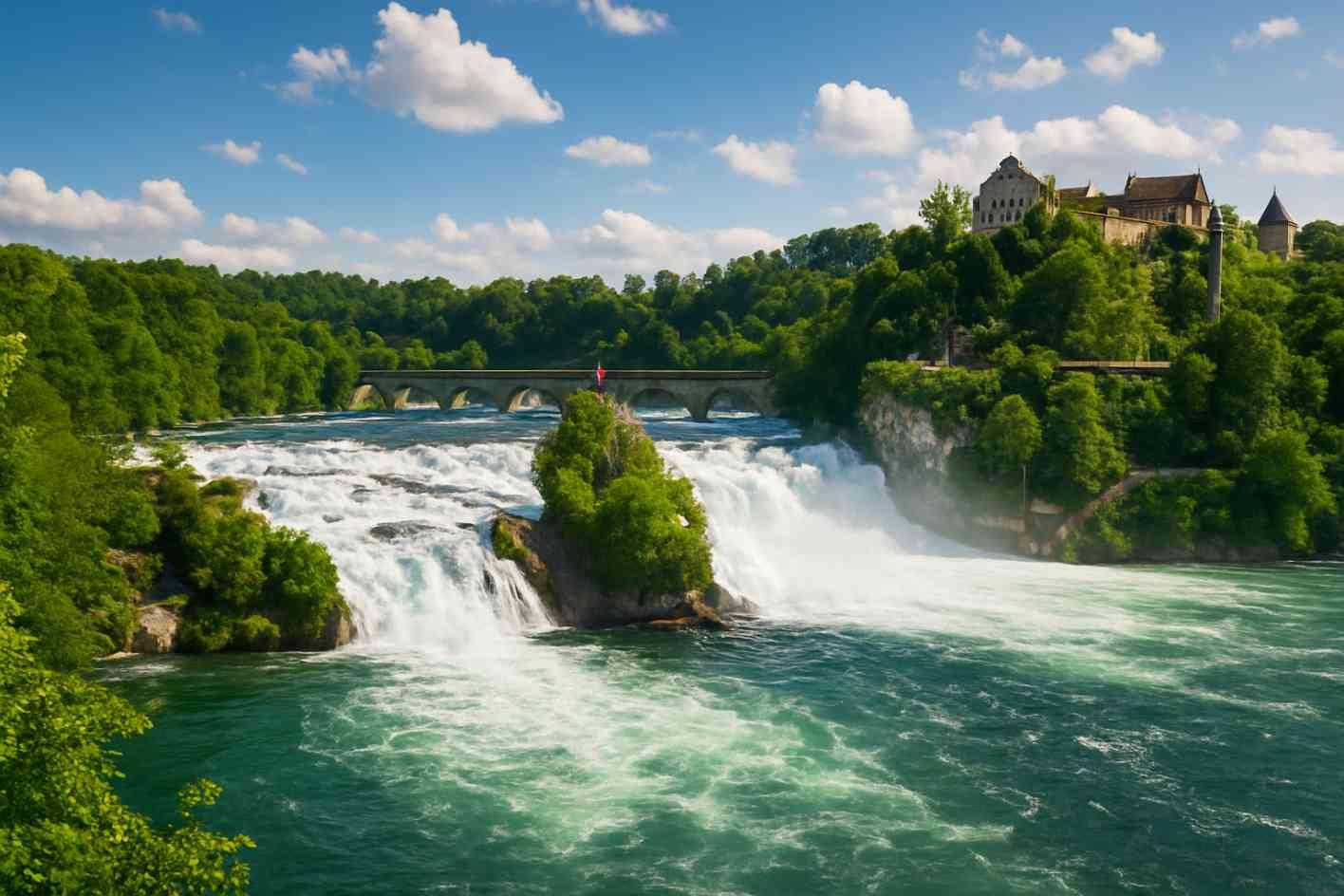



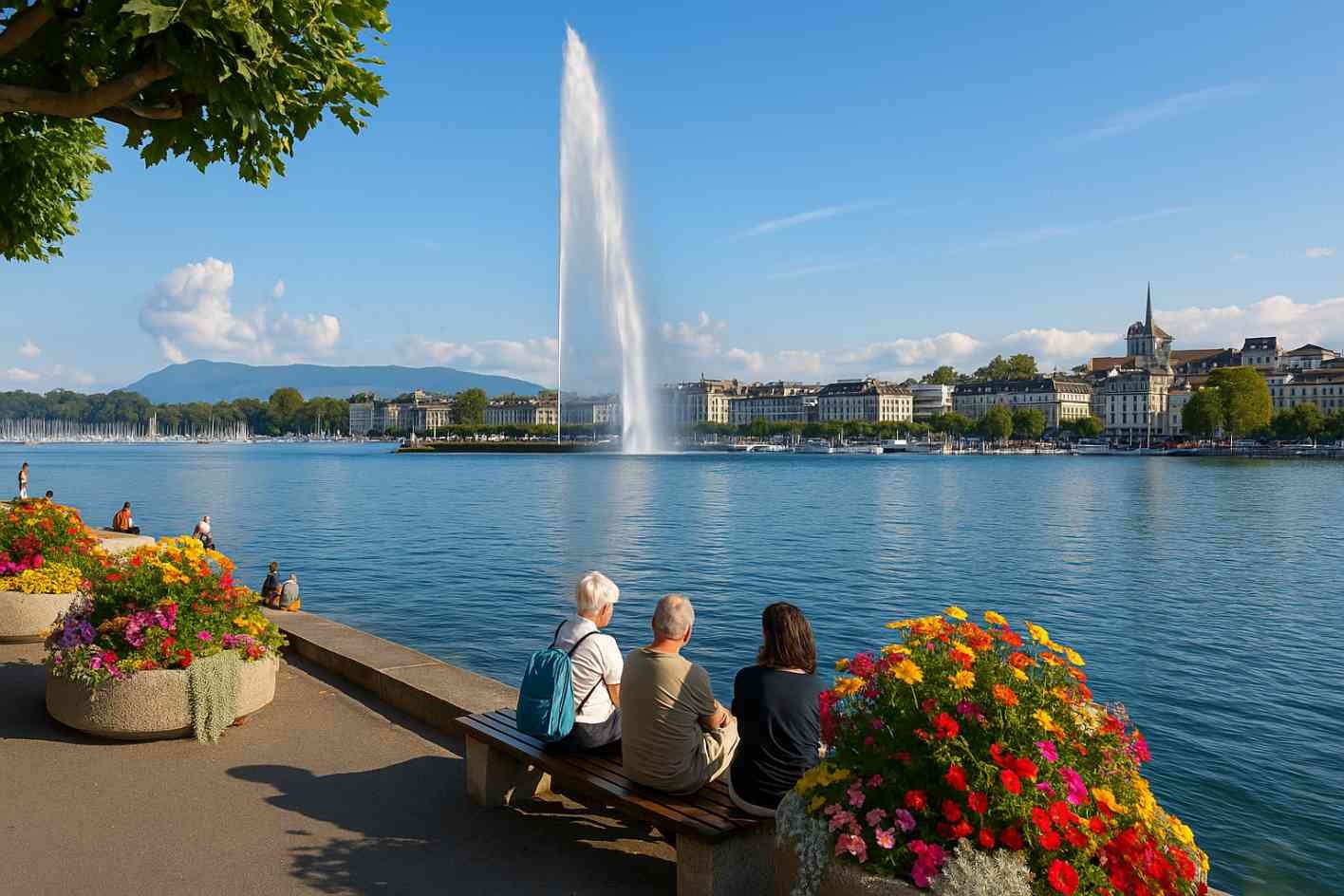

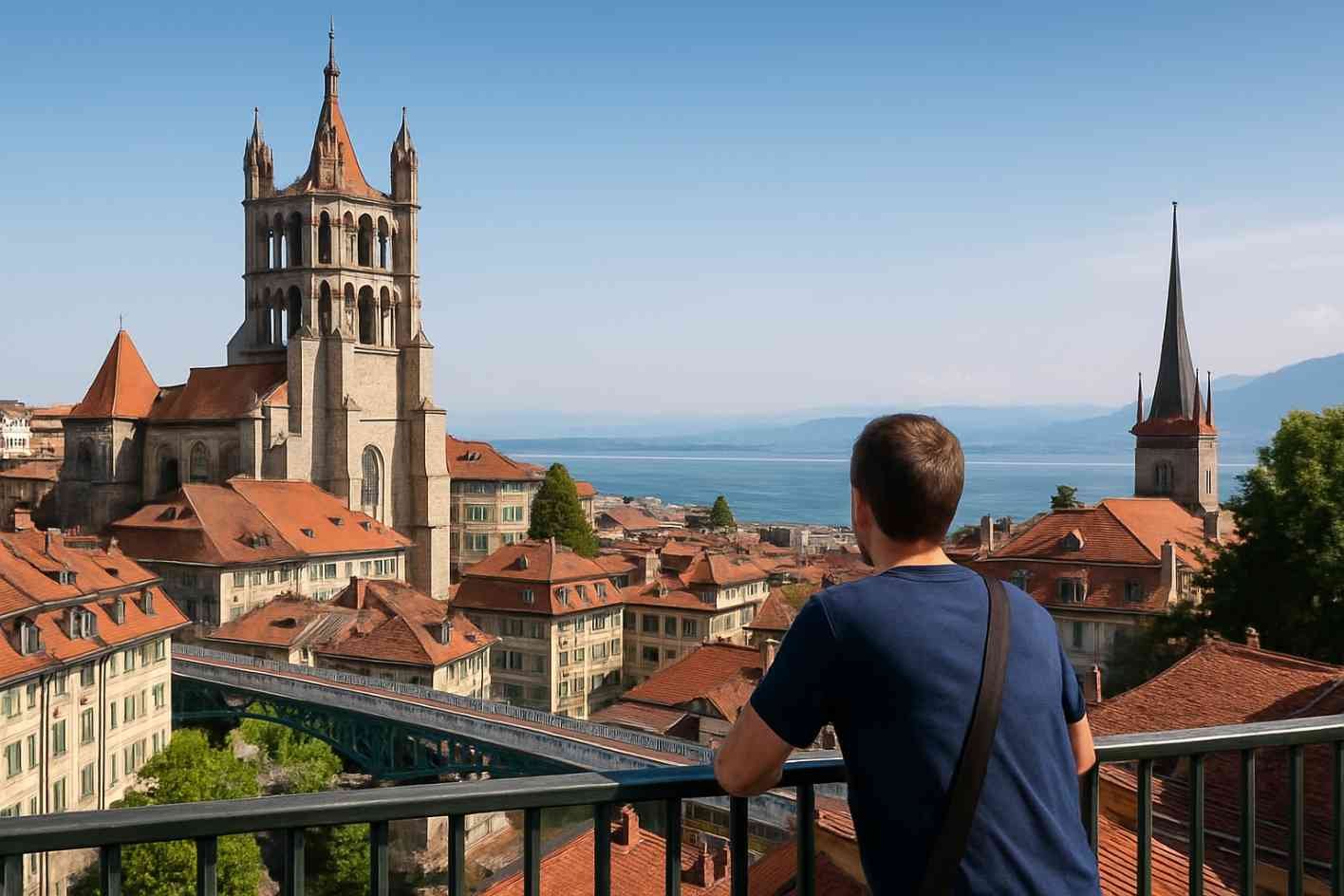
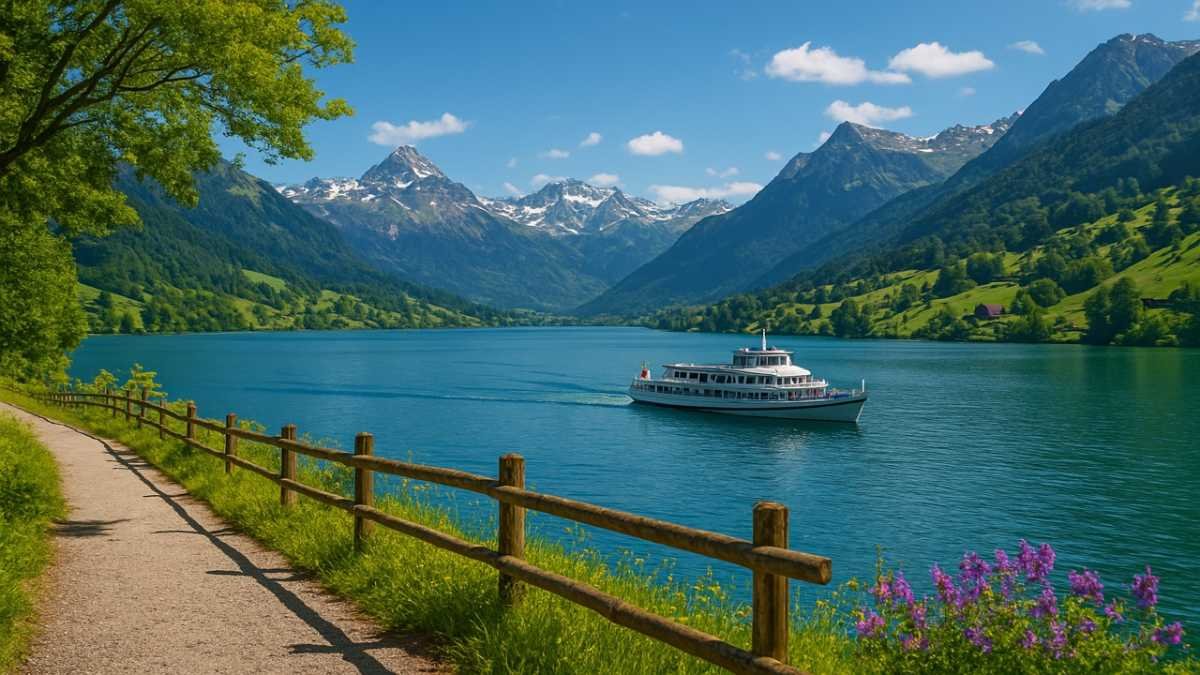

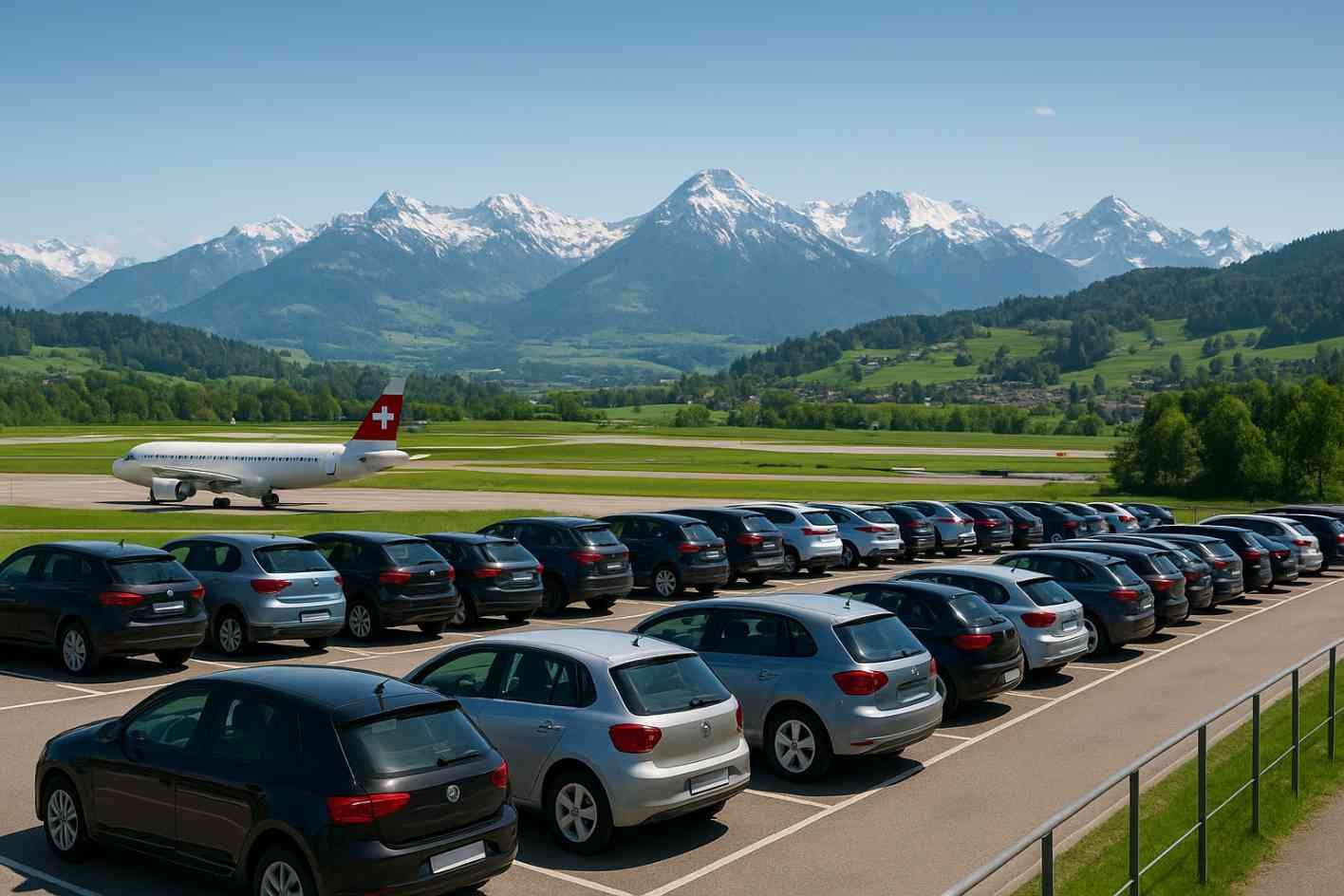

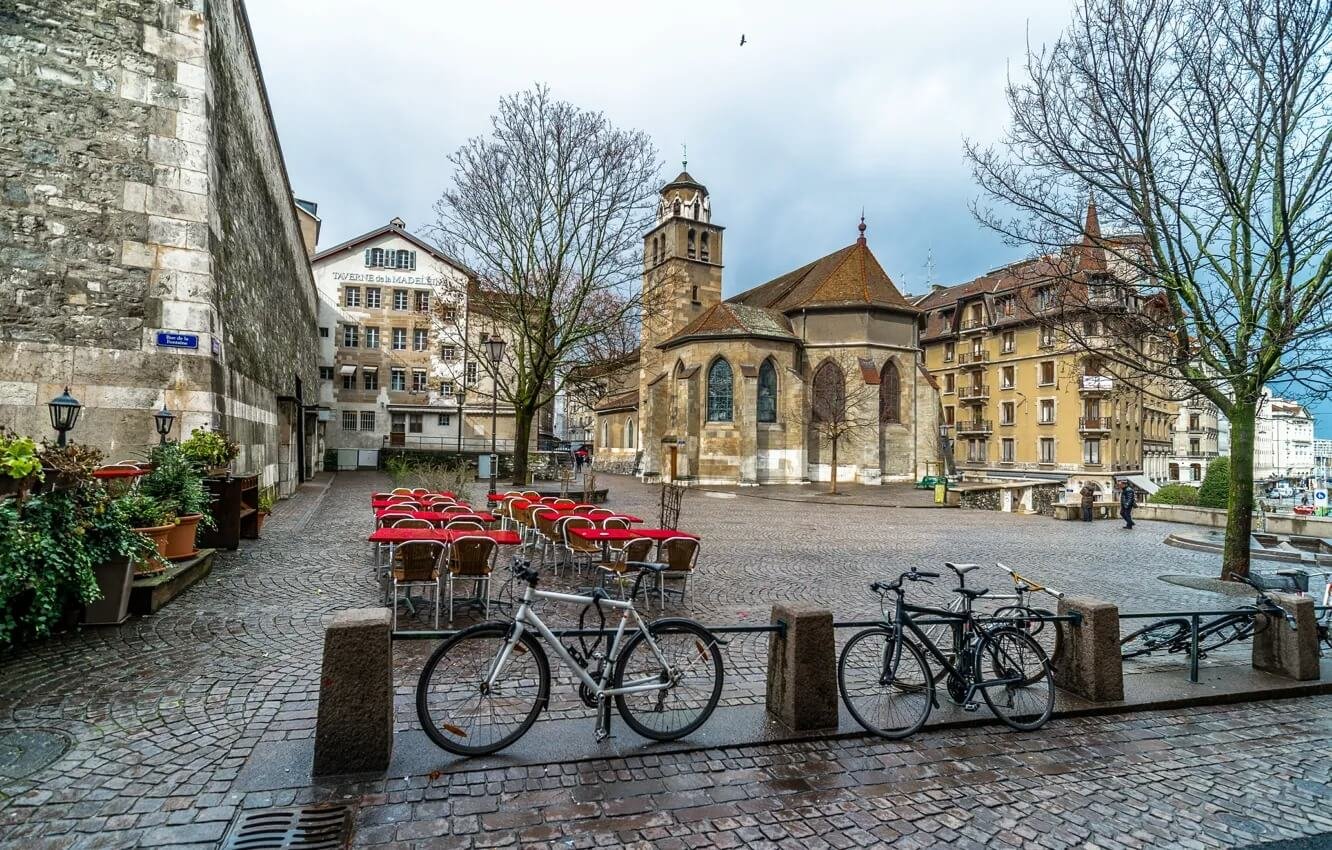
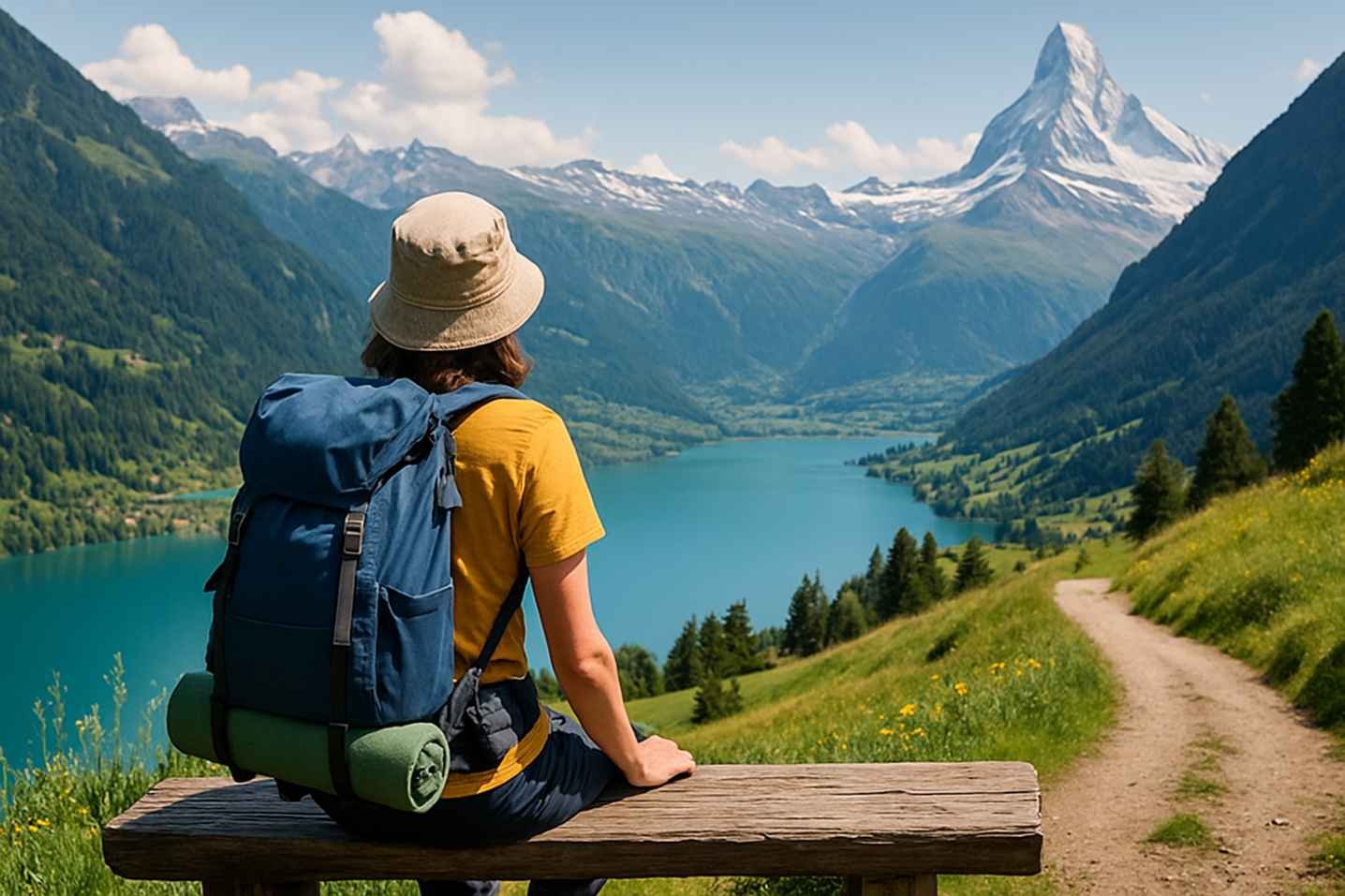
[…] lake and surrounding mountains. Lucerne offers plenty of eco-friendly activities, including hiking in the nearby Mount Pilatus and Rigi regions. Lucerne’s old town is also home to several […]
[…] those who prefer an even more immersive experience in nature, hiking and walking are the most eco-friendly ways to explore Switzerland’s breathtaking […]
[…] Hiking […]
[…] enthusiasts. With pleasant weather and clear skies, it’s perfect for eco-friendly activities like hiking, cycling, and exploring the country’s extensive national parks. The focus on outdoor recreation […]
[…] Experience: I once stored my luggage here for four days while I hiked in the Swiss Alps. It cost me a total of CHF 60, but peace of mind is worth every franc. The […]
[…] joined a local hiking club and helped out at my daughter’s school events. Not only did it help with the process, but it […]
[…] and Guided Hikes: See for hiking visits that emphasize leave-no-trace standards, such as Swiss Elevated Enterprises, which offers […]
[…] For the Swiss, time went through in nature is part of the social texture. From skiing in winter, hiking in summer, or indeed fair lakeside picnicking – it’s a […]
[…] adaptogens makes these vitality drinks especially compelling for competitors. Whether you’re hiking, skiing, or biking through Switzerland’s breathtaking scenes, the electrolytes offer assistance […]
[…] activities: Hiking, skiing, and […]
[…] after days filled with hiking, paragliding, and boat tours, I wanted a cozy, welcoming space to chill. On subsequent trips, I […]
[…] you arrange on hiking in Switzerland, bring solid equip that will final for a long time, such as high-quality climbing […]
[…] didn’t have very high hopes when I hiked Uetliberg for the first time, honestly. I thought, “How special can a city mountain be? But when […]
[…] An inviting and social alternative for hikers and solo […]